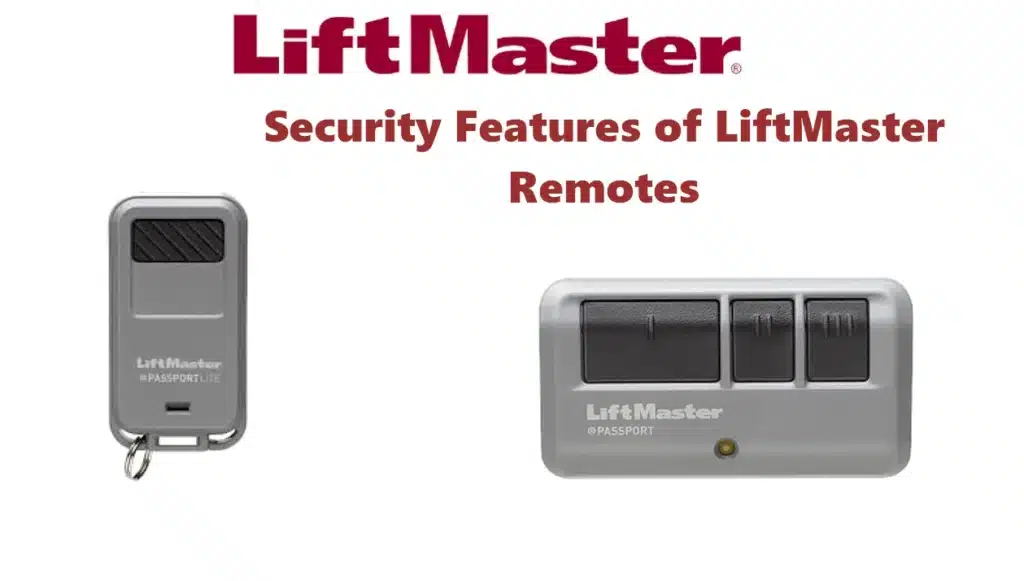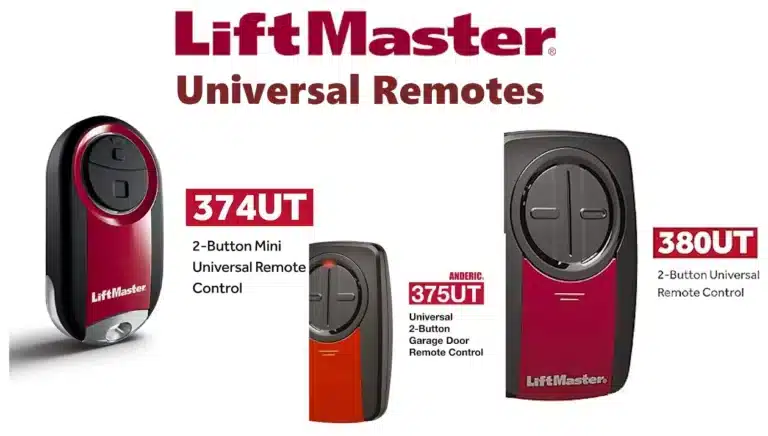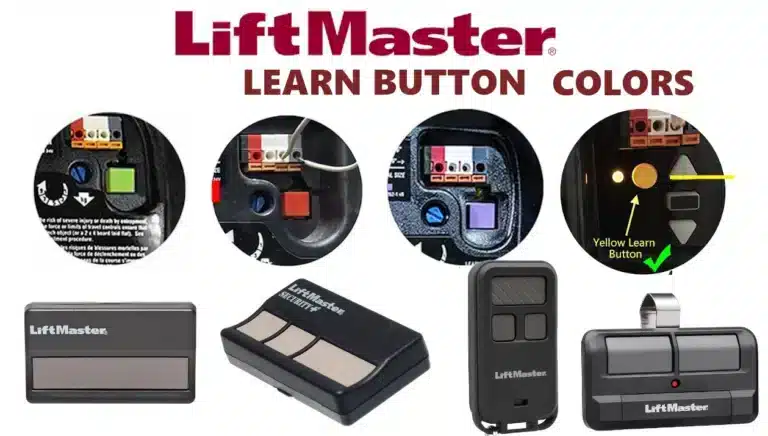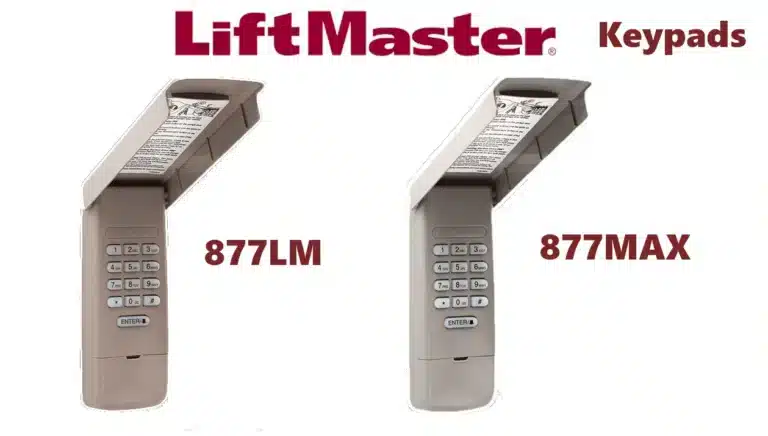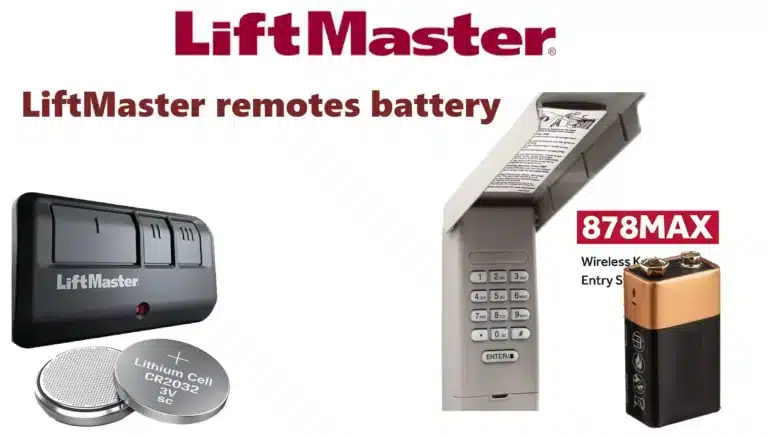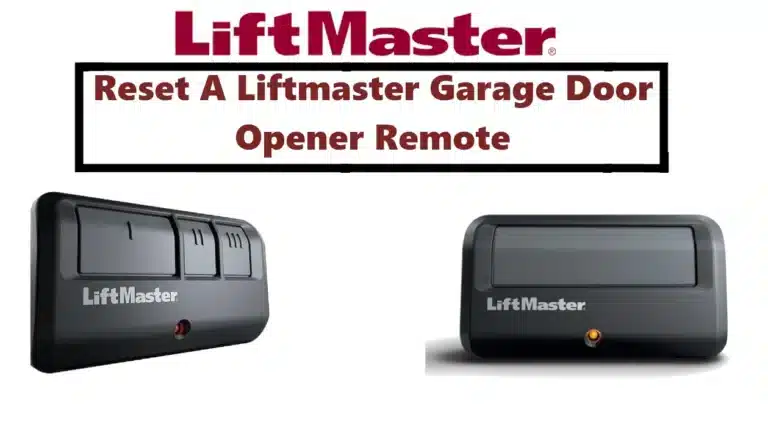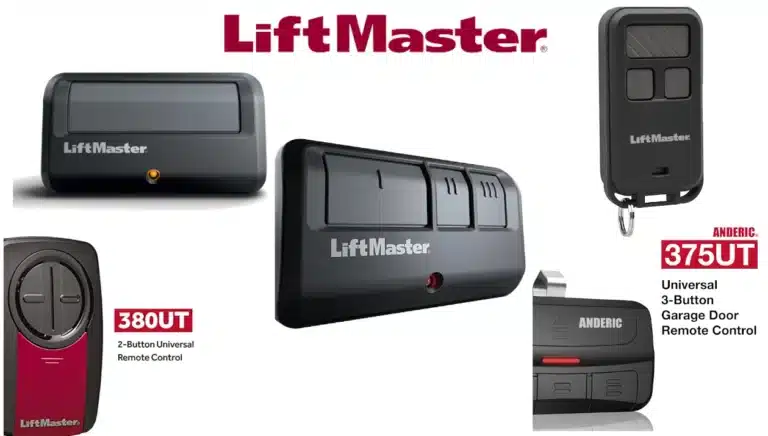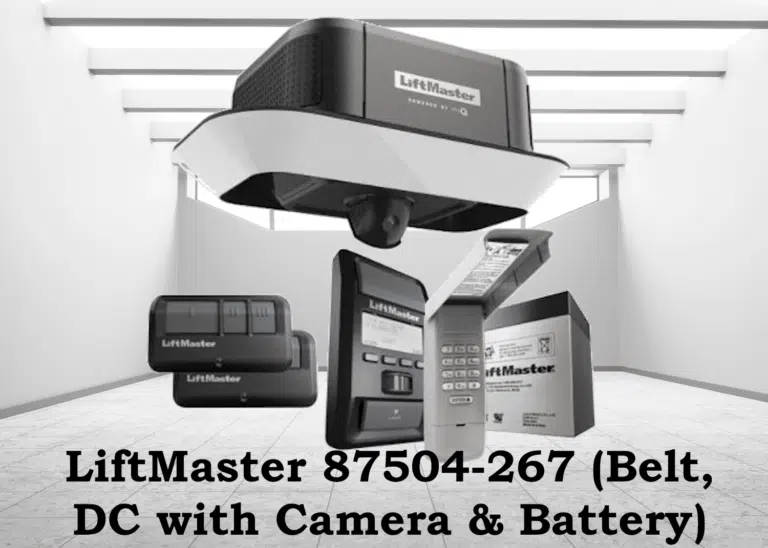LiftMaster remotes and openers incorporate several security features to ensure that your garage (and by extension, your home) is kept safe from unauthorized access. We’ve touched on many of these features in earlier sections, but let’s summarize and highlight the key security aspects:
Rolling Code Encryption: The Secret to a Safe Garage Door
This is arguably the most important security feature. As described before, every time you press the remote, the code it transmits changes in a pseudo-random fashion based on an encrypted algorithm. This means that even if someone were using a “code grabber” device to eavesdrop the radio signal from your remote, the code they capture would be useless the next time because the remote will have rolled to a new code. LiftMaster’s rolling code system (Security+ and Security+ 2.0) ensures that replay attacks are ineffective. The odds of guessing the next code are astronomically small (literally 1 in a billion or worse). This technology, originally developed in the 90s, is a standard now, but it’s worth appreciating that older openers without this could be opened by someone who captured or found your fixed code. So, the remote’s core communication is secure through encryption and variability.
Beyond Basic Encryption: The Power of Security+ 2.0
Security+ 2.0 Enhancements: The newer Security+ 2.0 system uses an even more advanced encryption algorithm and exchange between the remote and opener. It’s proprietary, but in essence, it’s like having a rolling code on steroids. Additionally, the tri-band transmission (310/315/390 MHz) not only helps reliability but also thwarts any single-frequency jamming. If a thief were attempting to jam the common frequency to block a remote (which would be a very sophisticated attack), the multi-frequency approach means the remote might still get through on another band. LiftMaster says this provides “increased security and range”. It’s not just about convenience; using multiple frequencies makes intentional interference more difficult as a strategy to then break in.
Encrypted Homelink: When Your Car Meets Garage Security
Encrypted Homelink (for cars): As an aside, older car Homelink systems (pre-2011) didn’t work with Security+ 2.0 due to the new encryption. LiftMaster/Chamberlain actually created a bridge device to allow old Homelink in luxury cars to interface with new openers, or you could upgrade the car module. This is just a tidbit showing that the encryption was strong enough that compatibility needed new software – which is a good sign for security robustness.
Vacation Lock: Keep Your Garage Sealed While You’re Away
Vacation Lock Feature: Many LiftMaster openers have a lock feature on the wall control that, when activated, disables radio signals (remotes/keypad). This is a security feature for when you go on vacation or will be away for an extended period. By pressing that lock button, you ensure no remote can open the door, even if someone somehow had a valid one. It’s an added layer if you’re worried about someone possibly having your code. The wall button itself usually still works (since that’s inside the garage). This feature also prevents any accidental opening via remote while you’re not around. It’s simple but effective – just remember to disengage it when you get back (press and hold to unlock).
Locked Even After Closing: How PosiLock Secures the Door
POSILock and Electronic Monitoring: LiftMaster openers have a feature called PosiLock® which is an electronic deadbolt of sorts – it senses if the door is closed and prevents it from being forced open. If an intruder tried to manually lift the door from outside after it closes, the opener’s motor will resist (kind of like how a car window motor holds it closed). While not directly related to the remote, it’s a security feature of the system that ensures just having the door closed (via remote or otherwise) means it’s locked. Older openers without this might be more easily pried open a couple inches (enough to reach in with a tool and pull the emergency release cord – a known break-in method). Modern LiftMasters often include shields for the release cord and PosiLock to combat that.
Encrypted Entry: How LiftMaster Keeps Your PIN a Secret
Digital Keypad PIN Encryption: The wireless keypads also use code encryption similar to remotes. When you enter your PIN and hit enter, the keypad is sending a coded RF signal, not “1234” in the clear. It basically treats it like a rolling code remote signal that says “open” if the PIN was correct from its side. This ensures someone can’t easily intercept and decipher your PIN via radio. The PIN itself is not transmitted as the actual code; it’s used to authorize the keypad to send the opener’s programmed signal.
MyQ Alerts: Real-Time Notifications for Peace of Mind
MyQ Alerts and Monitoring: Newer LiftMaster openers with MyQ technology allow you to get alerts on your phone whenever the door is opened or closed, including if it was by remote or by manual operation. This isn’t a feature of the remote per se, but it complements it. If someone did manage to open your door (say they stole your remote), you’d get an alert on your phone “Garage Door Opened” at an odd time, and you could respond (call police, etc.). You can also use the MyQ app to remotely disable remote access in a way – by activating a lock or simply closing the door if it was opened. This kind of connectivity adds a layer of security oversight that purely radio remotes alone didn’t have in the past.
More Than Convenience: How Reduced Interference Boosts Security
Reduced Interference (Security aspect): We think of interference as a nuisance (door won’t open because of signal clash), but it can also be a security concern if someone maliciously jams signals (though very rare in residential crimes). By using multiple frequencies and hopping, LiftMaster remotes mitigate intentional jamming. Also, because their range is improved, you’re likely to open the door on the first press (less holding the button down as you drive right up to the door, which could sometimes cause the opener to catch a partial code if you were too far initially). The reliability enhancements indirectly improve security because it lowers the chance your door stays accidentally unlocked or open due to signal issues.
Hide the Remote, Protect the Home: Why Placement Matters
Physical Security of Remotes: While not a technology feature, it’s worth noting: the small form factor and visor clips encourage users to keep remotes out of sight (on visor, in purse, etc.), rather than the old days of a clicker sitting on the dashboard. This is more a user behavior thing, but LiftMaster also offers keypad access as a more secure alternative to leaving a remote outside the garage. Using a keypad means no device can be stolen from a car to gain entry; the code is in your head. So offering both remotes and keypads is part of a layered security approach – users can choose what’s more secure for their use case. Many people now opt not to keep a remote in an outside parked car, relying on a keypad or Homelink, which reduces theft risk.
Security Notices: LiftMaster documentation often reminds users to remove remote controls from cars left outside and to use the lock feature when away. While not a built-in feature of the remote, these practices are part of the security model that the remote exists in.
In essence, modern LiftMaster remotes incorporate strong cryptographic security (rolling codes) to prevent spoofing, use multi-frequency communication to avoid interference/jamming, and are part of a broader system that offers features like lockout modes and alerts to enhance security. These features work together to ensure that your remote is convenient for you – and only you. The garage door is a common entry point to a home, so LiftMaster has continually improved the tech to keep that entry point as secure as possible, starting from the remote control in your hand all the way to the motor locking mechanism on the door itself. With proper use of these features, homeowners can confidently enjoy the convenience of remotes without compromising on safety.

